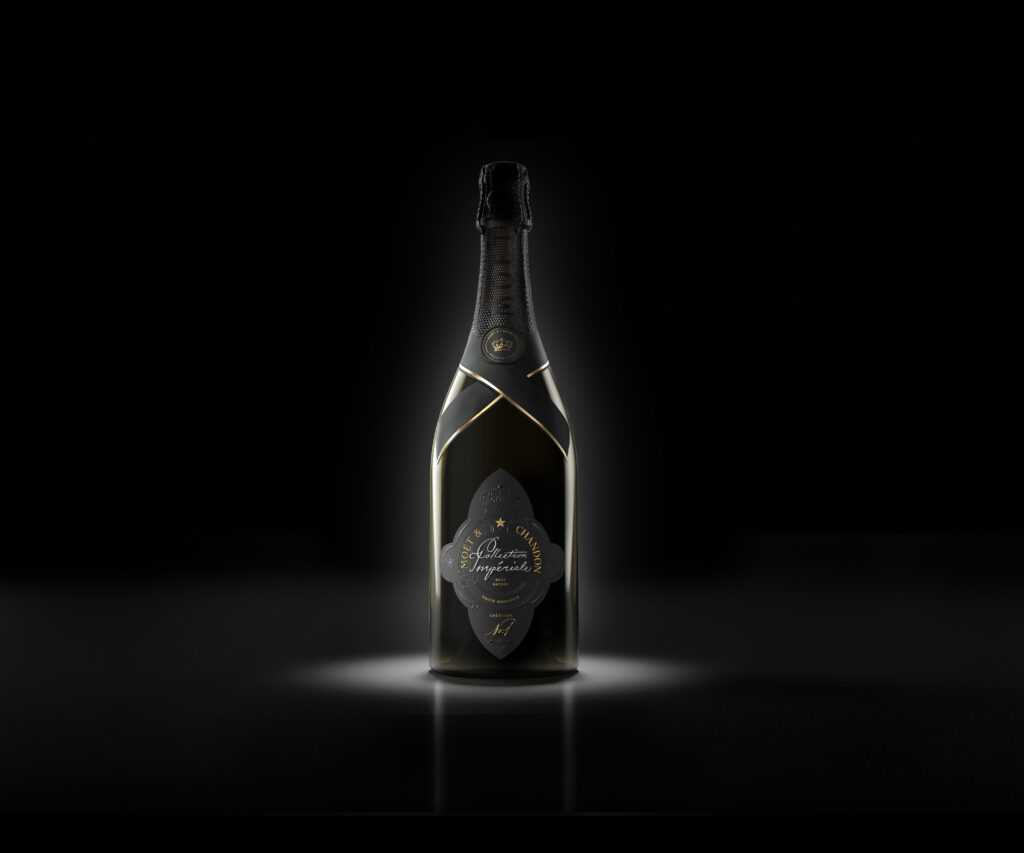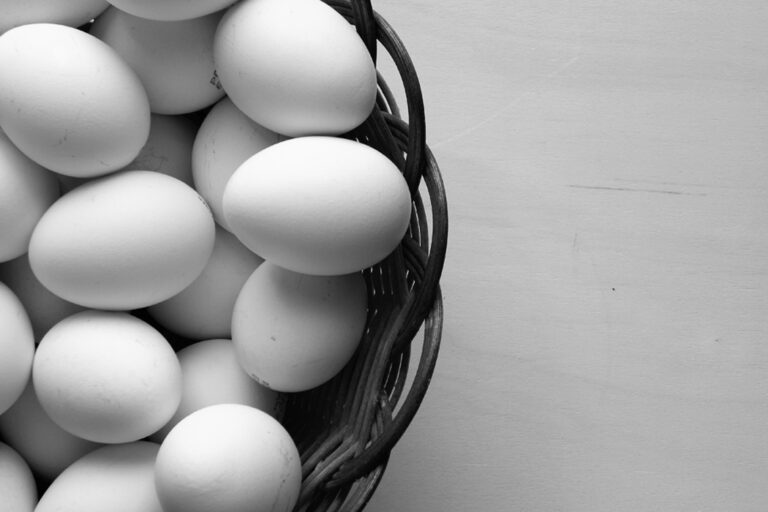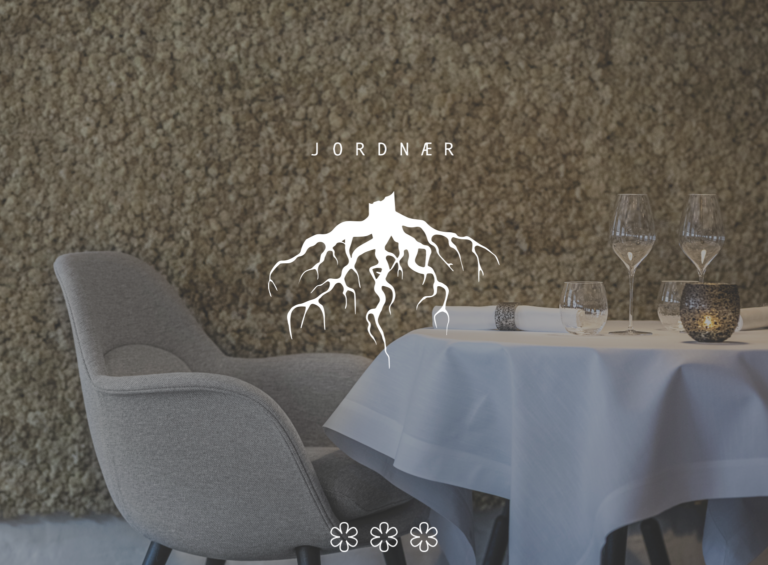The Newest Expression of Moët & Chandon’s Founding Vision. Read the official review & tasting note of Richard Juhlin. [read the full champagne story]
Estimated reading time: 4 minutes

‘Création No. 1, base 2013, is the first cuvée in a line of champagnes that comprises Moët & Chandon’s new Collection Impériale. Our founder Claude Moët conceived the Maison, rooted in champagne-making excellence, for his time as well as for the generations to come.’
Benoît Gouez – Cellar Master, Moët & Chandon

Moët & Chandon Collection Impériale Création No.1
Tasting one by Richard Juhlin
40pn 20pm 40ch
91(95)p
TASTING NOTE RICHARD JUHLIN ‘Moët & Chandon Collection Impériale Création is the company’s new prestige champagne strongly linked to haute couture. As with its predecessor MCIII, Benoît Gouez has created an extraordinary cuvée by working with the uniquely rich vinothèque found in the cellars of Épernay. An incredibly complex and intelligent cuvée with as many layers as the wine’s creator. In this first edition of the prestige champagne, he has put together a remarkable cuvée from 7 different vintages with different and complementary qualities.
The light, but ultra-elegant base vintage 2013 (42%) is aged in steel tanks combined with classic 2012, exotic 2010, nervously austere 2008, full-bodied and sun-ripened 2006 all in steel tank. To this he adds two extremes, elegant 2004 (15%) from bottles and the oldest wine, 23 years old 2000 aged in oak barrels! This cuvée is of course so complex that Benoît wants to show the pure beauty without makeup. Hence the decision to forgo dosage and present the wine as Brut Nature, albeit with a small addition of sulfur to avoid future oxidation. That is an exciting discussion in itself. How much is the sulfur in the dosage and how much is the sugar that makes the storage potential so much better than if nothing is added during disgorging. Something to think about for all organic growers who right now categorically avoid both sulfur and dosage.
How then did Benoît’s creation come to be seen in our glasses on that wonderfully warm and magical October evening at the ultra-elegant Hôtel de Bourrienne in Paris?
Richard Juhlin
‘The most striking thing is undoubtedly how young the wine is at the time of release. We are dealing with a super complex structure composed like a time bomb. Benoît has packed so much concentration into a cell nucleus at the center of the wine that it is initially a bit muted and unrelieved. The nervous energy is severely chastened and restrained to later in the glass, or even better, after careful decanting, show off a lightly toasted reductive house-typical fireworks of sublime and extremely minerally marked aromas. The purity is impeccable, and all the small details are clearly defined thanks to the absence of the otherwise slightly camouflaging sugar.
The similarities with the predecessor MCIII are obvious, but here one has succeeded in making an airier and more balanced wine more in line with the philosophy and style the house has always had as a noble brand. I am also personally both happy and fortunate about the fact that Benoît was given such a free hand that he was not tempted to make a crowd-pleasing creation but a real “Vin de Garde” which will require a lot of patience if you want to drink the Collection Impériale at its peak. Today the fruit is cool and elegant with layers of salty sea aromas, but notes of peach, vanilla and coffee also emerge in the glass. The texture is both nervously tickling and torn, but in the middle of the taste cannon there is also an incipient silkiness that time will grind out as beautifully as the erosion of the sea rounds off the cliffs in Normandy.’
That’s where Benoît grew up, and when I meet his creation, I can’t help but think how strongly the wine is marked by the scents and flavors of the sea.’
RICHARD JUHLIN





